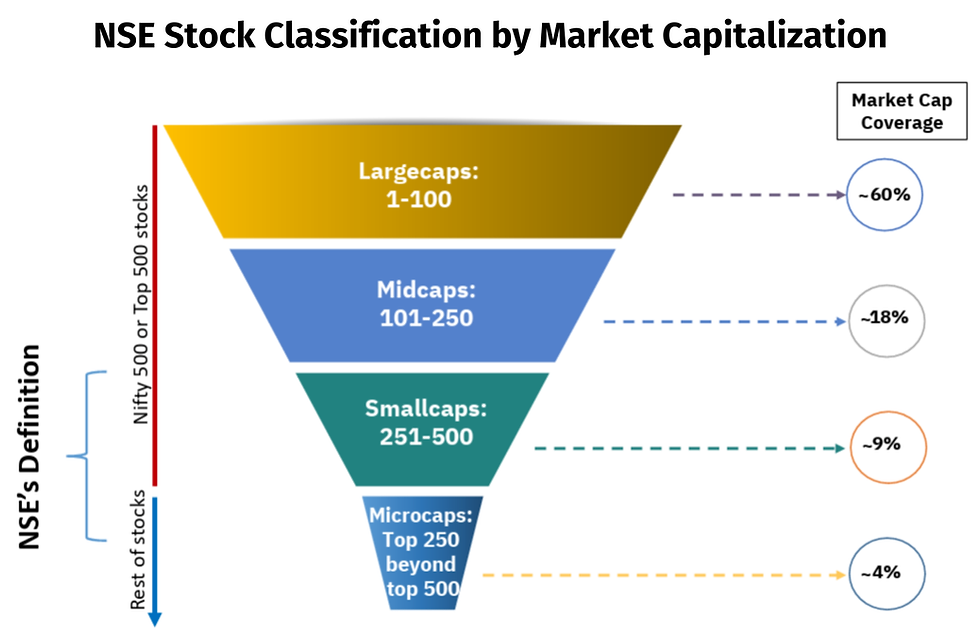The Truth About Hybrids
- Akshay Nayak
- Sep 12
- 3 min read
Hybrid mutual funds are popular among investors thanks to the convenience they seemingly provide. They hold instruments across most major asset classes (most commonly equity and debt) within a single product. So on the face of it, they a number of advantages to investors. Firstly, it is widely propagated that they take care of the asset allocation needs of investors to a certain extent. Also, hybrid mutual funds are rebalanced at regular intervals. This is done as prescribed mandate of the fund. This apparently means that investors may not have to rebalance their portfolios regularly.

These perceived benefits sometimes see investors build a portfolio of hybrid mutual funds for various financial goals. They then do very little after that. But a deeper investigation into the way these funds work would reveal facts that are totally different. Therefore, in today’s post I’m going to delve deeper into the subject of investing in hybrid mutual funds. I will try and give a true and fair view of the way they work.
There are various categories of hybrid funds available to investors. Let us first look at each of the categories in reasonable detail.
Aggressive Hybrid Funds
Such funds combine significant exposure to equity with reasonable exposure to fixed income instruments. This makes aggressive hybrid funds an ideal candidate for long term goals. The typical aggressive hybrid fund tends to allocate around two thirds of its assets to equity. This allows the fund to be taxed as an equity oriented fund. This is definitely favourable for investors in terms of tax efficiency. But it also means that aggressive hybrid funds are only slightly less risky than say a diversified equity fund (if at all).
Balanced Advantage Funds
These funds rebalance the split between equity and debt within the fund on a real time basis. This allows better alignment with prevailing market conditions at a given point of time. They run a high allocation to equity when the stock markets are doing well. And they increase allocation to debt when markets are doing poorly. This gives investors a better chance of earning optimal returns, regardless of what the markets are doing.
But such funds usually tend to maintain a significant allocation to equity (around two thirds) at all times. This would be true regardless of market conditions.
When markets are running high, they meet their equity allocation through direct stocks. When the markets are doing worse, they opt for equity derivatives. This is effected as a measure to counteract the increased risk in the cash segment of the equity markets. This allows such funds to enjoy the tax status of an equity oriented fund. But the overall exposure to equity as an asset class remains the same. Also, such funds are rebalanced based on tactical calls taken by the fund managers. If those calls were to go wrong, the resultant impact would be borne by the investors themselves. So effectively there would be no significant reduction in investment risk.

Multi Asset Funds
These are a special category of funds which are obligated to maintain exposure to a minimum of three different asset classes. So investors automatically gain exposure to all the asset classes that the fund holds.

But even so most multi asset funds maintain a significant allocation to equity. This is done to ensure tax efficiency. Also, this category of funds was introduced to investors in India as recently as a few years ago. So these funds have a relatively short historical track record. This makes it hard for investors gain insights on the performance, volatility and returns of such funds. Some multi asset funds may stay true to the essence of a multi asset fund. This implies that they maintain near equal allocation across asset classes. This facilitates better risk management. But in such a case, the fund would be taxed as a non equity fund. Tax efficiency is therefore reduced.
Final Takeaways
The objective of effective asset allocation is to optimise combine asset classes with opposing risk and return characteristics. This optimises risk at the portfolio level. But most categories of hybrid funds do very little to optimise risk. The objective of including debt in a portfolio is to provide stability. Combining debt with equity within a single product does not allow this to be achieved. Rebalancing in such funds is usually effected as per the discretion of the fund manager. So there is significant reliance on technical acumen rather than a clear principle based framework. Investors are therefore much better off separating debt and equity exposure within a portfolio. They must follow a clear framework for rebalancing. This would achieve much better results than any variant of a hybrid fund.



Comments